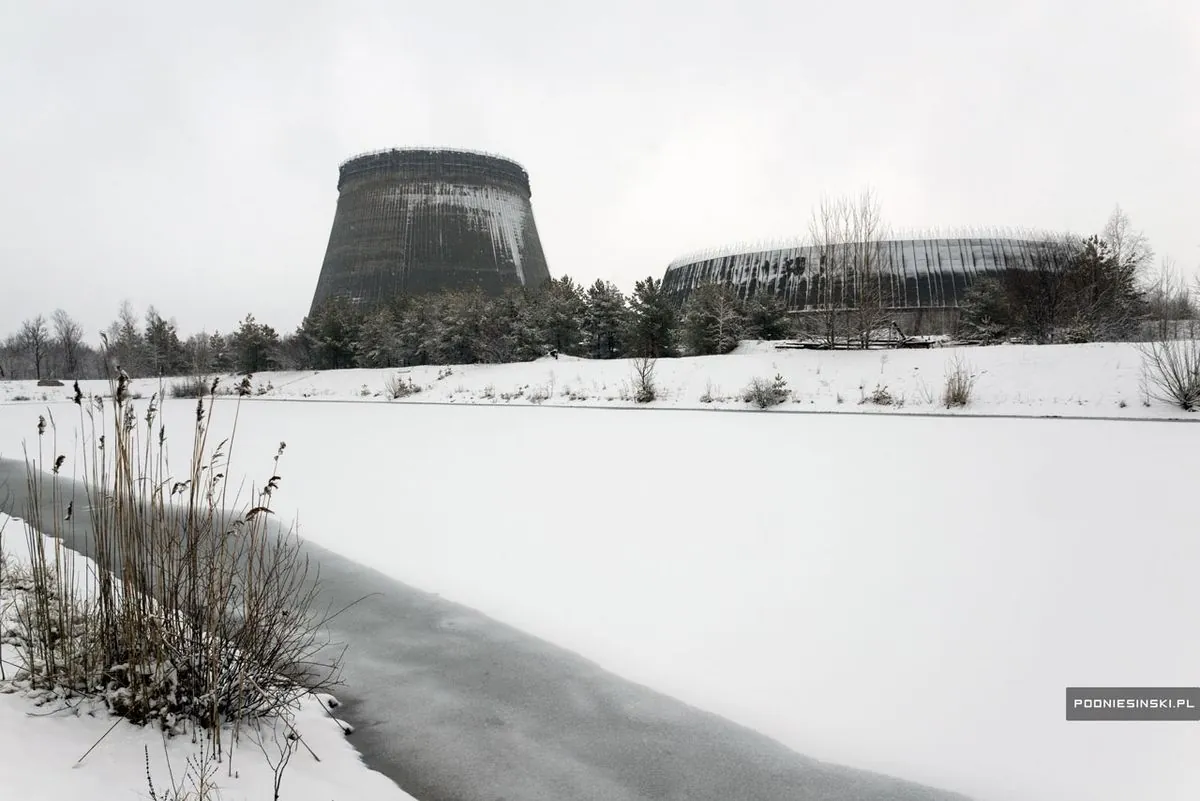Russian attacks on Ukraines power grid create new risks for three nuclear facilities (located in Rivne Khmelnytskyi and South-Ukraine). The strikes which started in mid-november affect power transmission needed for reactor safety systems
Russiaʼs attacks on the power grid and Ukrainian conventional power plants is negatively affecting the safety of Ukraineʼs nuclear fleet
The current situation puts extra pressure on nuclear sites that provide about two-thirds of Ukraines power. Since the start of conflict about 2 years ago the country lost 90% of its heat-plants and 40% of hydro-power stations
- No heat in many areas
- Blackouts in major cities
- 3.4 million people displaced
- Two-thirds of sub-stations reinforced
- Only 2 reactors work at full power
The Maxim Timshenko from DTEK (Ukraines biggest power company) explains that their goal is to avoid total darkness. The power-plants depend on external electricity for cooling – if it stops backup generators can work for 7-10 days
In an active war‚ no one can guarantee the safety of a nuclear power plant
The Shaun Burnie from Greenpeace points that current risks are similar to Fukushima or Chernobyl disasters. The situation with nuclear plants in war zone is unique – no country faced such challenges before
The occupied Zaporizhzhia plant (Europes largest) stopped work last spring but still needs power for cooling. Without electricity a meltdown would take weeks due to cold shutdown state. Ukrainian officials cant shut down other plants cause of freezing temperatures and power needs
